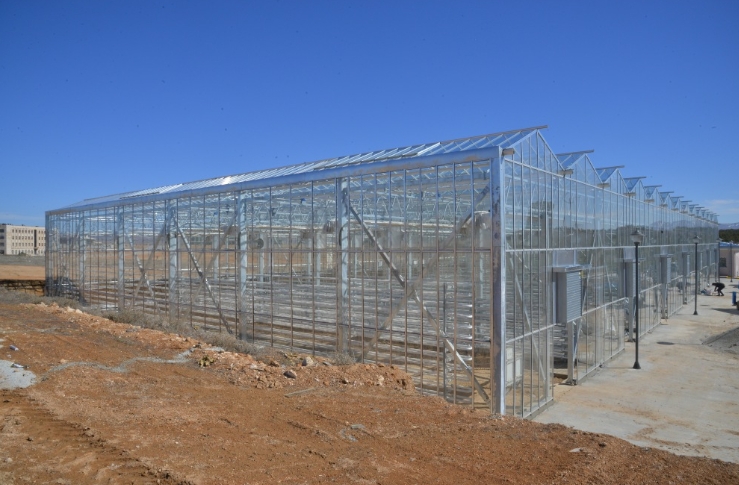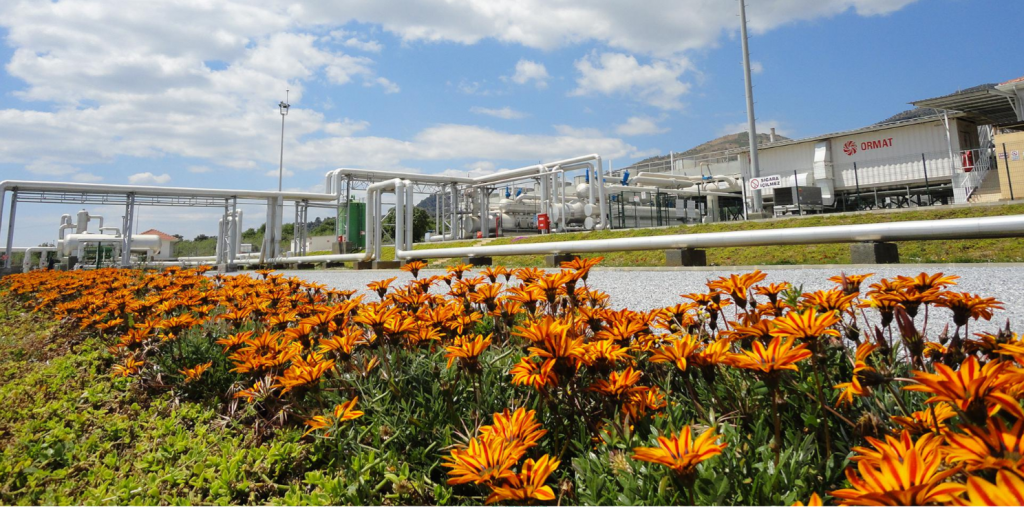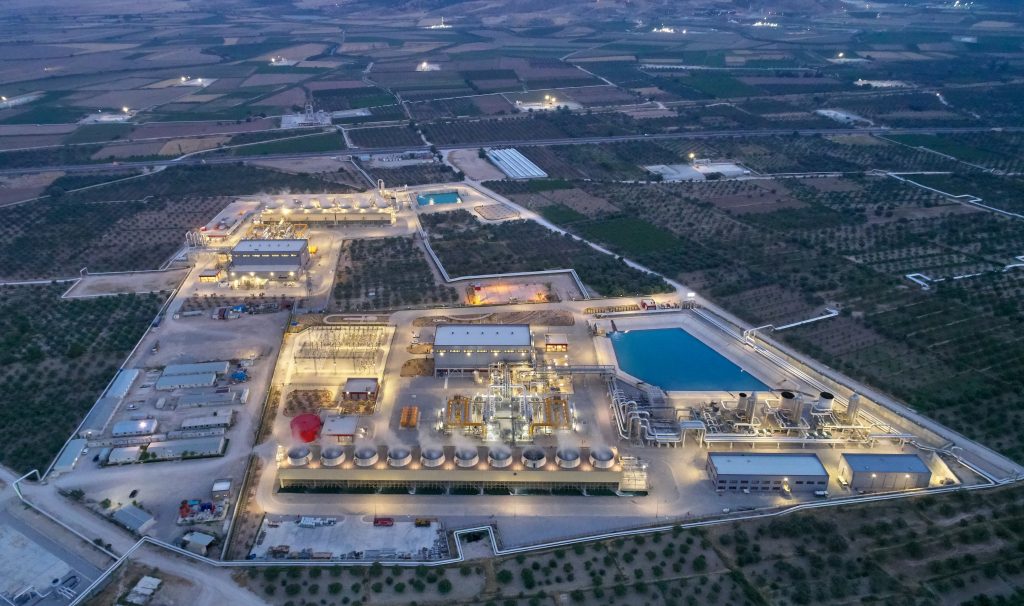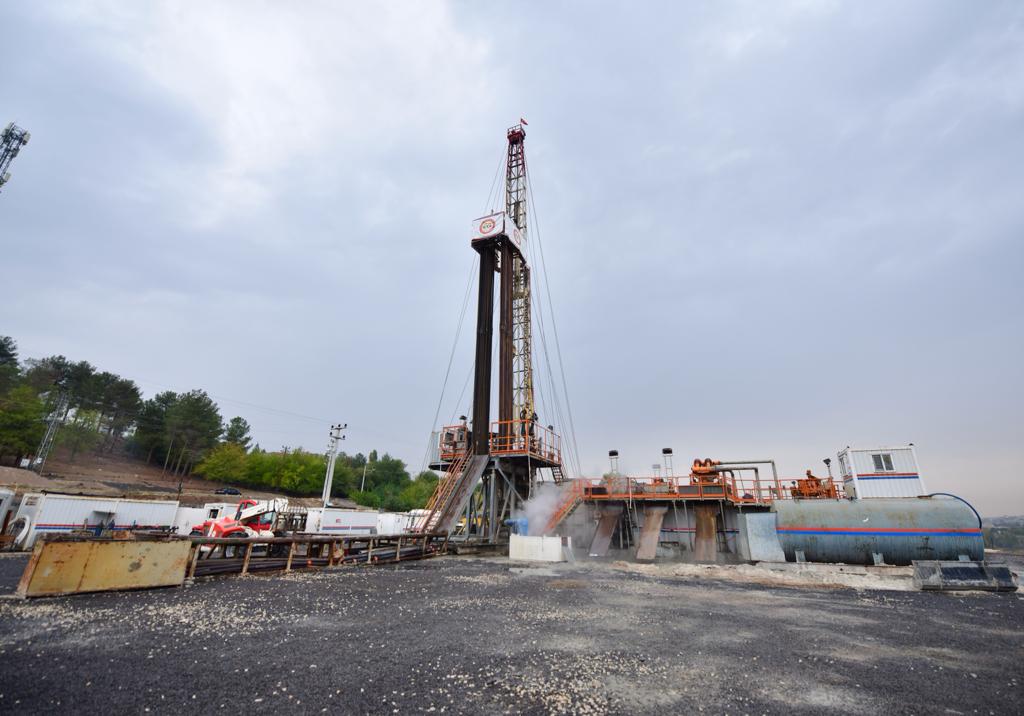Last year’s transactions of fuel cell electricity showed a dramatic increase over 2019, driven by the expansion of the hydrogen economy.
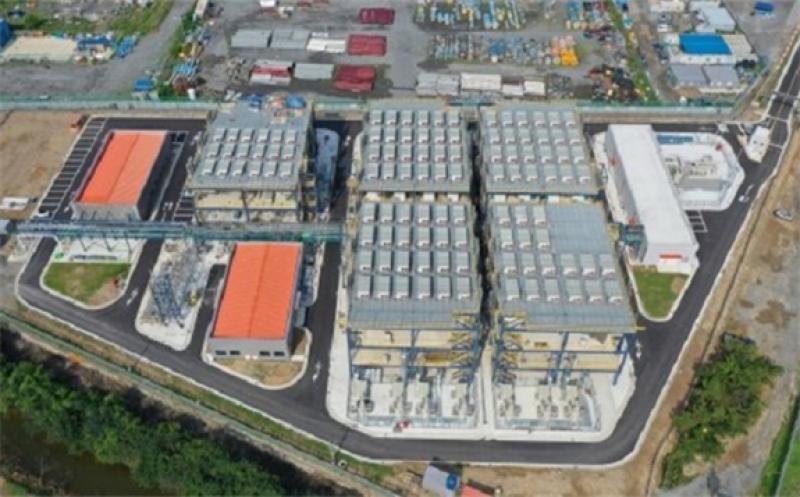 This photo provided by Daesan Green Energy shows a by-product hydrogen fuel cell power plant in the Daesan industrial complex in South Chungcheong Province.
This photo provided by Daesan Green Energy shows a by-product hydrogen fuel cell power plant in the Daesan industrial complex in South Chungcheong Province.
The Electric Power Statistics Information System (EPSIS) reported the country’s total capacity of fuel cell electricity production last year was 605 megawatts (MW), up by 30.4 percent since the previous year (464 MW).
Despite being a mere 56 MW in 2012, the production capability of fuel cell electricity jumped by an average of 38.1 percent each year, growing more than tenfold in only eight years.
Among total capacity for renewable energy production, fuel cells gained more presence from 1.4 percent to 2.9 percent over the same period.
With increasing production of electricity via fuel cells, transactions also increased.
Last year, transactions of fuel cell electricity reached 3,428 gigawatt-hours (GWh), up by 53.9 percent since the previous year (2,228 GWh) and more than 10 times larger than in 2012 (374 GWh).
The proportion of fuel cells among all renewable energy transactions over the same period grew from 5.7 percent to 15.3 percent.
The increasing production capacity and transactions of fuel cell energy are largely driven by the expansion of both public and private fuel cell-based generating facilities to meet the demand of a dawning hydrogen economy.
“As the overall capacity of fuel cell generating facilities is increasing, transactions of fuel cell energy have also jumped as this energy moved into the market,” said a government official.
This article is reproduced at koreabizwire.com
